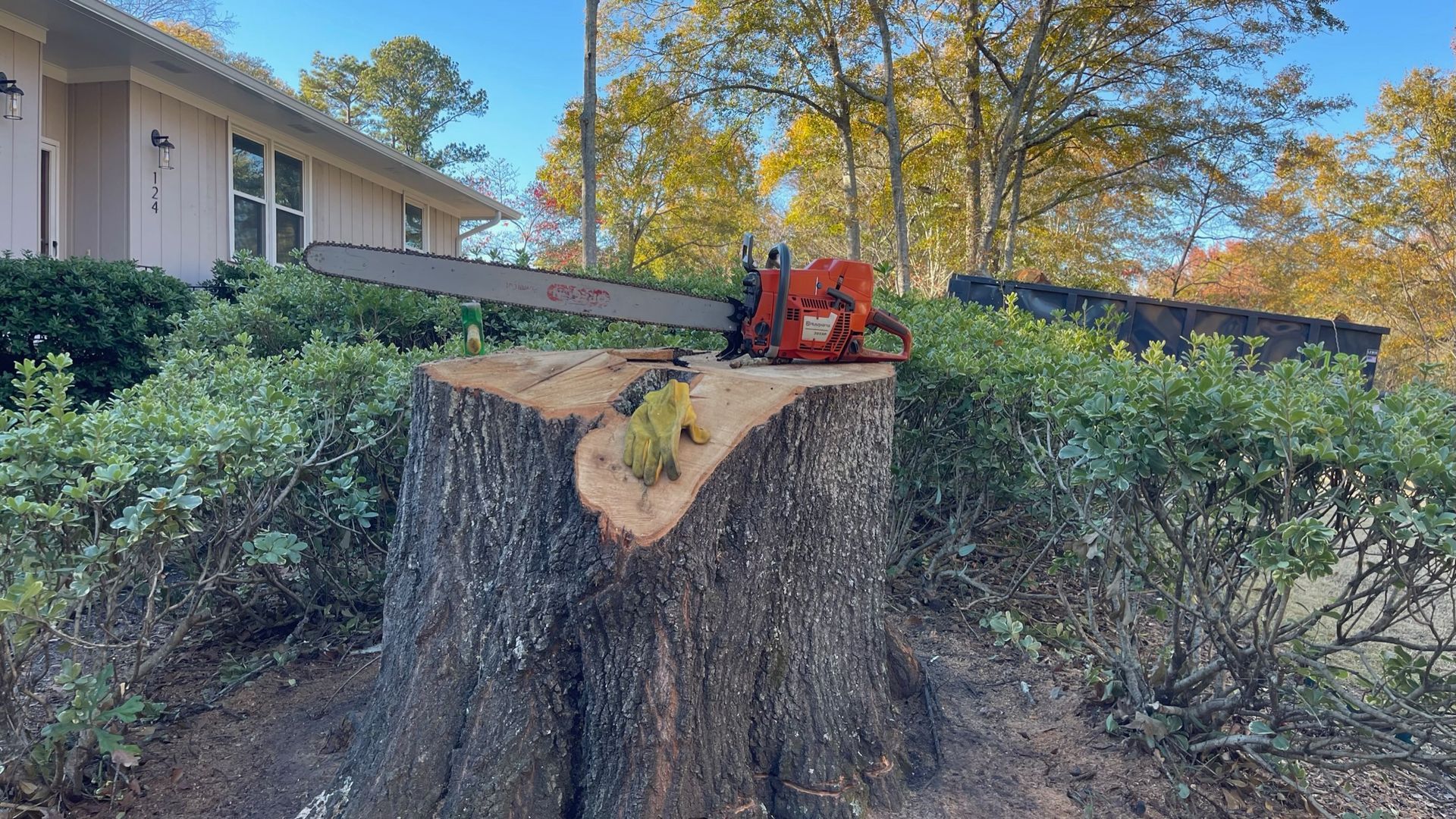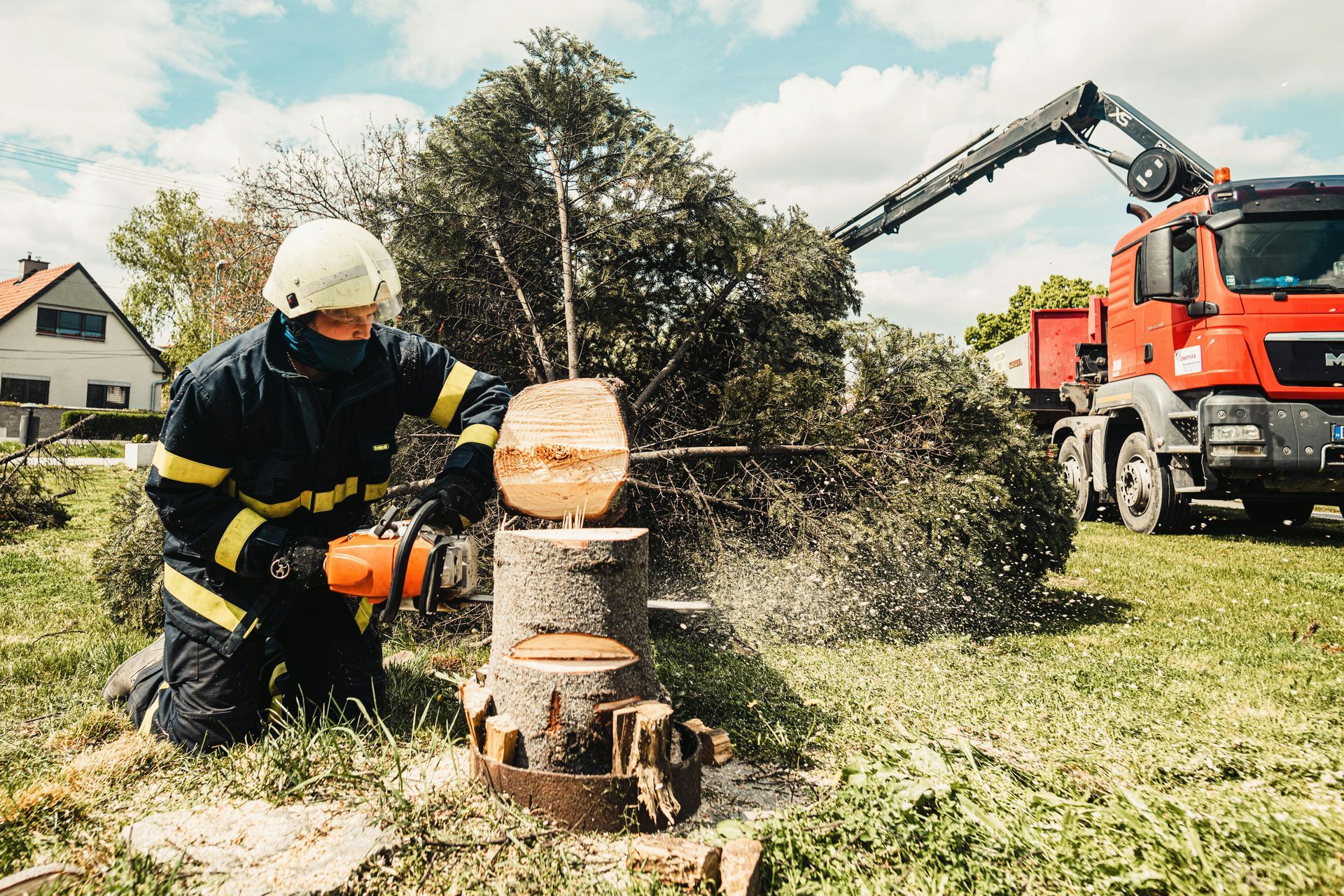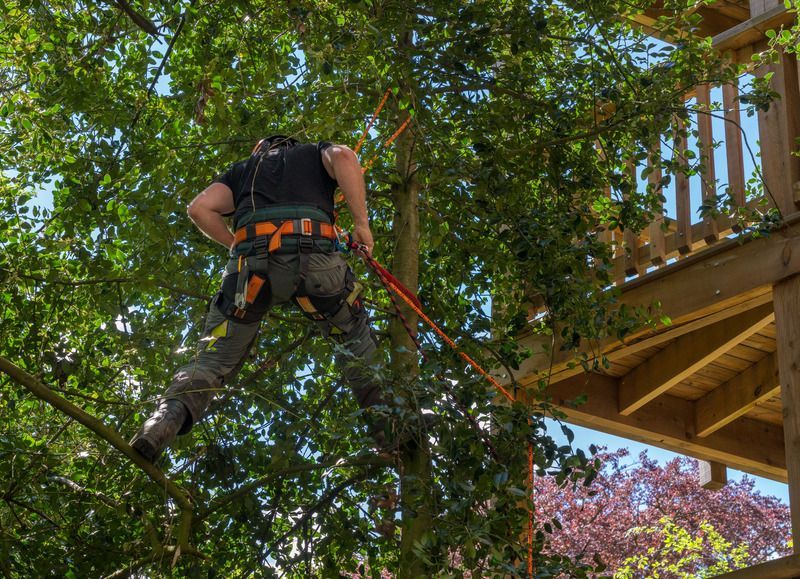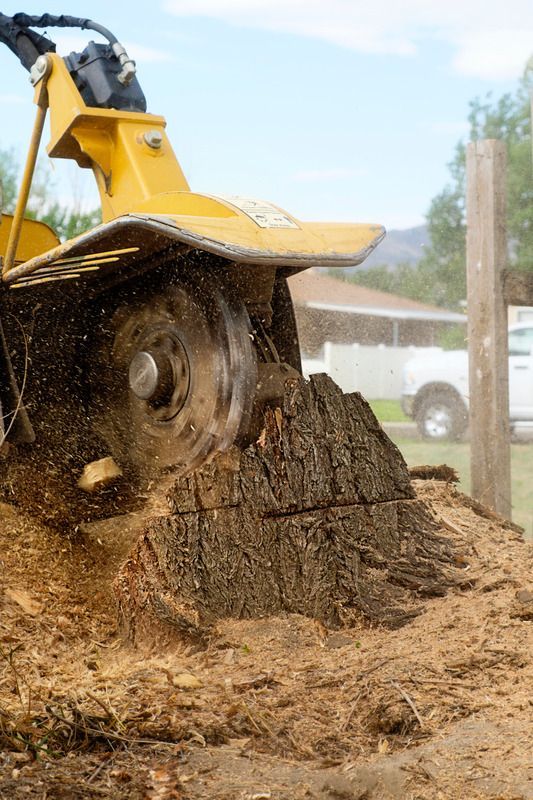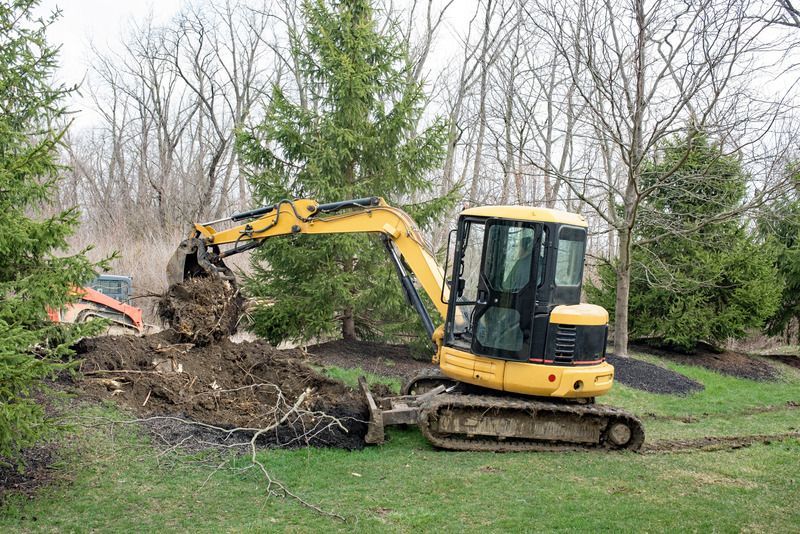5 Safety Tips for Tree Trimming
Tree Trimming: Putting Your Safety First
When it comes to tree trimming, safety should always be the top priority. By following these essential tips, you can ensure that your tree trimming tasks are not only effective but also performed with the utmost caution. Prioritize safety by understanding the potential dangers associated with tree trimming. Evaluate the tree and its surroundings thoroughly before starting any work to identify any potential risks or hazards. Choosing the right tools and equipment is crucial for safe and efficient tree trimming. Utilizing tools like pruning shears, loppers, and safety gear can make a significant difference in the outcome. Mastering proper techniques is key to successful tree trimming. Whether it's cutting at the correct angle or knowing where to make your cuts, following the best practices can help prevent accidents. Lastly, being prepared for emergencies and having basic first aid knowledge can be a lifesaver in case of unexpected situations. By incorporating these safety tips into your tree trimming routine, you can ensure a smooth and secure trimming experience while keeping yourself and your property safe.
#1: Understanding the Dangers of Tree Trimming
Tree trimming, while essential for maintaining healthy trees, can pose various dangers if not approached with caution. One of the primary risks is injury from falls, especially when working at heights. It's crucial to assess the tree's height and plan your approach accordingly to minimize this risk.
In addition to fall risks, tree trimmers should be aware of the potential for branches to snap unexpectedly, leading to injuries. Always inspect the tree for dead or decaying branches that may be unstable and prone to breakage. Utilizing proper pruning techniques can help reduce the likelihood of branches falling during the trimming process.Furthermore, working near power lines poses a significant hazard during tree trimming. Even slight contact with overhead power lines can result in electrocution, making it imperative to maintain a safe distance from power lines when trimming trees. Before starting any trimming work, identify the location of all power lines to avoid accidents.
Weather conditions also play a crucial role in tree trimming safety. Windy conditions can make tree branches more unpredictable and hazardous. It's advisable to postpone tree trimming activities during inclement weather to ensure the safety of both the trimmer and the surroundings.Lastly, the use of improper tools or equipment can increase the risk of accidents during tree trimming. Dull tools can lead to inefficient cuts, requiring more force and increasing the likelihood of injuries. Always ensure your tools are in good working condition and appropriate for the task at hand to minimize risks associated with equipment failure.
By understanding and addressing these potential dangers of tree trimming, you can prioritize safety and reduce the likelihood of accidents or injuries during the tree maintenance process.
#2: Evaluating the Tree and Surrounding Area
When evaluating the tree and its surrounding area before trimming, it's essential to consider multiple factors. Start by examining the tree's overall health and structure. Look for signs of disease, decay, or pest infestation. Evaluate the tree's proximity to buildings, power lines, and other structures that may pose a risk during trimming. Assess the presence of any obstacles or hazards on the ground that could impact the trimming process. Additionally, take note of the weather conditions, as working in adverse weather can increase the risks associated with tree trimming. By thoroughly evaluating these aspects, you can ensure a safer and more effective tree trimming process.
#3: Choosing the Right Tools and Equipment
When it comes to tree trimming, having the right tools and equipment is essential to ensure the job is done safely and effectively. Here are some key tools you should consider having:
Pruning Shears: Ideal for cutting small branches and stems, pruning shears come in various sizes and styles to suit different types of trees.
Lopping Shears: These long-handled pruners are helpful for reaching higher branches that are out of reach of pruning shears.
Hand Saw: A sturdy and sharp hand saw is necessary for cutting thicker branches that pruning shears or lopping shears cannot handle.
Pole Pruner: For trimming high branches without the need for a ladder, a pole pruner is a handy tool to have.
Safety Gear: Ensure you have the right protective gear such as gloves, goggles, helmets, and sturdy footwear to protect yourself while working with trees.
Ladder: A stable and secure ladder is crucial for reaching higher branches safely.
Chainsaw: If you need to cut down larger trees or thick branches, a chainsaw can be a powerful tool, but it should be used with caution and proper training.
By having these tools on hand and knowing how to use them correctly, you can make your tree trimming tasks safer and more efficient.
#4: Proper Techniques for Safe Tree Trimming
To ensure safe tree trimming, follow these techniques:
- Start with the right equipment: sharp pruning shears, a sturdy ladder, and safety gear.
- Identify the branch collar and make clean cuts just outside it to promote healing.
- Use the three-cut method for larger branches to prevent tearing and damage.
- Trim small branches at a slight angle to guide rainwater away from the cut.
- Remove dead or diseased wood first to maintain tree health and minimize safety risks.
#5: Emergency Preparedness and First Aid
In addition to understanding the risks and using the right tools, being prepared for emergencies is crucial when engaging in tree trimming activities. Accidents can happen, so having a first aid kit readily available is essential. Make sure the kit is well-stocked with items like bandages, antiseptic wipes, gauze pads, and scissors.
Furthermore, it's important to have a plan in case of an emergency. Before starting any tree trimming work, inform someone nearby about your activity and establish a communication method in case assistance is needed. If a serious injury occurs, such as a fall or a deep cut, seek medical help immediately.
Being prepared for emergencies can make a significant difference in the outcome of a tree trimming project. Stay vigilant, prioritize safety, and always have first aid resources on hand to handle any unforeseen situations effectively.
- War Eagle Tree Removal
serving Auburn, AL and surrounding areas
You might also like


